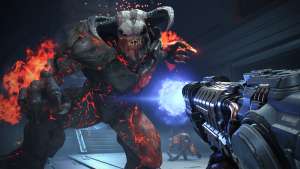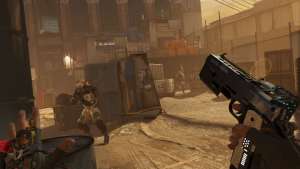When we think about iconic games that have left an indelible mark on the gaming industry, Mortal Kombat often takes center stage. Developed by Midway Games in 1992, Mortal Kombat wasn’t just a game; it was a cultural phenomenon. Its gritty aesthetic, brutal combat, and controversial gore made it a standout title of the early '90s and established a legacy that has spanned decades.
The Birth of Mortal Kombat
The original Mortal Kombat was conceived by Ed Boon and John Tobias. What started as an ambitious project aiming to rival the popularity of Street Fighter II quickly became a juggernaut in its own right. Unlike its competitor, which emphasized technique and flashy combos, Mortal Kombat introduced a grittier, more visceral experience that combined martial arts, dark fantasy, and bloody spectacle.
Boon and Tobias envisioned a game that would feature digitized actors instead of animated sprites, a decision that gave the game a realistic edge at the time. Coupled with its shock factor—thanks to over-the-top finishing moves called Fatalities—the game was destined to stir both excitement and controversy.
Story and Setting
At its core, Mortal Kombat isn’t just about mindless fighting; it’s about a mystical tournament with the fate of the world hanging in the balance. The story centers around the titular Mortal Kombat tournament, an ancient contest organized by the Elder Gods to maintain balance between realms. The Earthrealm, led by the thunder god Raiden, faces invasion by the sinister Outworld, ruled by the powerful sorcerer Shang Tsung and his master, Emperor Shao Kahn.
For Outworld to conquer Earthrealm, it must win ten consecutive Mortal Kombat tournaments. Earthrealm’s only hope lies in its champions, a ragtag group of fighters with varied motives and backstories, who come together to fend off the forces of darkness.
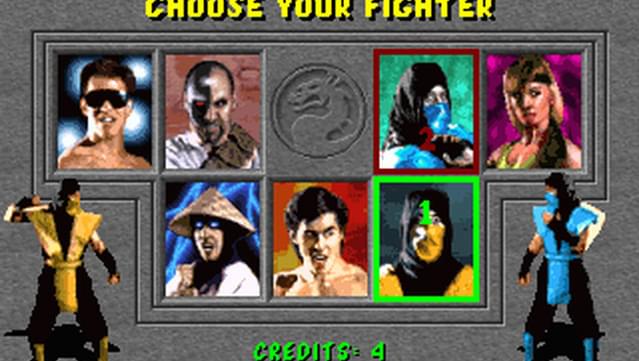
The Fighters
The original game introduced a roster of seven iconic characters, each with their own unique fighting styles and motivations:
-
Liu Kang: A Shaolin monk and the tournament’s hero, Liu Kang is determined to protect Earthrealm and preserve its peace. Modeled as a homage to Bruce Lee, Liu Kang is often the protagonist of the series’ overarching narrative.
-
Johnny Cage: A Hollywood action star who enters the tournament seeking fame and validation. Cage’s flashy moves and comedic arrogance made him a fan favorite.
-
Sonya Blade: A Special Forces agent on a mission to capture the Black Dragon crime lord Kano. Her entry into the tournament was fueled by duty, but she becomes a key ally for Earthrealm’s cause.
-
Sub-Zero: A mysterious Lin Kuei assassin with the ability to control ice. His rivalry with Scorpion became one of the series’ most enduring storylines.
-
Scorpion: A vengeful ninja specter resurrected to kill Sub-Zero, whom he blames for the death of his family and clan. Scorpion’s fiery powers and haunting catchphrase, “Get over here!”, are legendary.
-
Kano: The merciless leader of the Black Dragon syndicate. Known for his cybernetic eye and ruthless tactics, Kano thrives on chaos and violence.
-
Raiden: The god of thunder and protector of Earthrealm. Raiden serves as the spiritual guide for Earthrealm’s fighters, offering wisdom and unmatched power.
The Tournament
The Mortal Kombat tournament takes place on Shang Tsung’s island, a foreboding setting filled with treacherous arenas like the Pit, the Courtyard, and Goro’s Lair. Each location is designed to complement the game’s dark tone, immersing players in a world of peril and mystique.
The tournament progresses as Earthrealm’s champions face one brutal challenge after another, ultimately leading to a climactic showdown with Shang Tsung and his subordinates, including the four-armed behemoth Goro. Victories are hard-fought, and the stakes couldn’t be higher.
Gameplay and Mechanics
The original Mortal Kombat distinguished itself with innovative mechanics and a visceral approach to combat. Its control scheme included high and low punches and kicks, as well as a block button, which was rare in fighting games of the era. Each character had their own set of special moves, ranging from Scorpion’s iconic spear throw to Sub-Zero’s ice blast.
But what truly set Mortal Kombat apart were its Fatalities—gruesome finishing moves that allowed players to end fights in spectacularly violent fashion. These finishers became a defining feature of the franchise, cementing its reputation for pushing boundaries. Whether it was Sub-Zero ripping out an opponent’s spine or Liu Kang’s fiery dragon transformation, Fatalities added an unforgettable layer of excitement.
Graphics and Sound
The digitized graphics gave Mortal Kombat a realistic look that was unmatched at the time. Characters were modeled on real actors, and their fluid movements brought a new level of immersion to the genre. Meanwhile, the sound design—featuring bone-crunching effects, dramatic voiceovers, and an eerie, atmospheric soundtrack—enhanced the game’s dark and brutal aesthetic.
Cultural Impact and Controversy
Upon its release, Mortal Kombat became an instant hit, drawing players to arcades in droves. However, its success was accompanied by a wave of controversy. The game’s graphic violence and Fatalities sparked outrage among parents and politicians, leading to calls for regulation in video games. This backlash was instrumental in the creation of the Entertainment Software Rating Board (ESRB), which established age-based ratings for games.
Despite—or perhaps because of—its notoriety, Mortal Kombat thrived. It wasn’t just a game; it became a symbol of rebellion and freedom of expression in the gaming industry. The controversy only fueled its popularity, and it quickly became one of the best-selling arcade games of the early 1990s.
Mortal Kombat Games: The Complete Collection
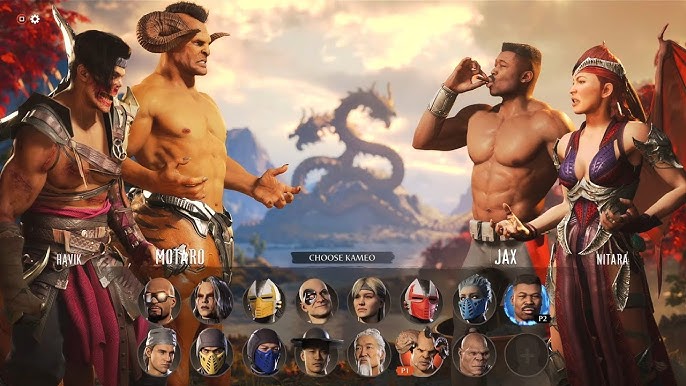
The Mortal Kombat franchise has evolved significantly since its inception in 1992, expanding its universe through numerous mainline titles, spin-offs, and special editions. Below is a comprehensive list of all Mortal Kombat games released up to 2025, along with detailed reviews and supported platforms for each title.
1. Mortal Kombat (1992)
Platforms: Arcade, Super Nintendo Entertainment System (SNES), Sega Genesis, MS-DOS, Amiga, Sega Game Gear, Game Boy
The original Mortal Kombat introduced players to a gritty fighting experience, setting itself apart with digitized graphics and unprecedented violence. The game's roster featured seven unique characters, each with distinct special moves and the infamous Fatalities—finishing moves that allowed players to execute opponents in gruesome fashion. The storyline centered around a martial arts tournament with Earth's fate hanging in the balance, introducing iconic characters like Liu Kang, Scorpion, and Sub-Zero. The game's realistic visuals and mature content sparked controversy, leading to the establishment of the Entertainment Software Rating Board (ESRB). Despite—or perhaps because of—this, Mortal Kombat became a commercial success, laying the foundation for a franchise that would endure for decades.
2. Mortal Kombat II (1993)
Platforms: Arcade, SNES, Sega Genesis, MS-DOS, Amiga, Sega Game Gear, Game Boy, Sega Saturn, PlayStation
Building upon its predecessor, Mortal Kombat II expanded the roster to 12 fighters, including favorites like Kitana and Jax. The game improved graphics and introduced more complex Fatalities, along with new finishing moves like Babalities and Friendships, adding a layer of humor to the brutality. The storyline delved deeper into the lore, with the tournament now set in the Outworld under the rule of the sinister emperor Shao Kahn. The game's balance and mechanics were refined, offering a more polished fighting experience. Mortal Kombat II was critically acclaimed and solidified the series' reputation, becoming one of the most popular arcade games of its time.
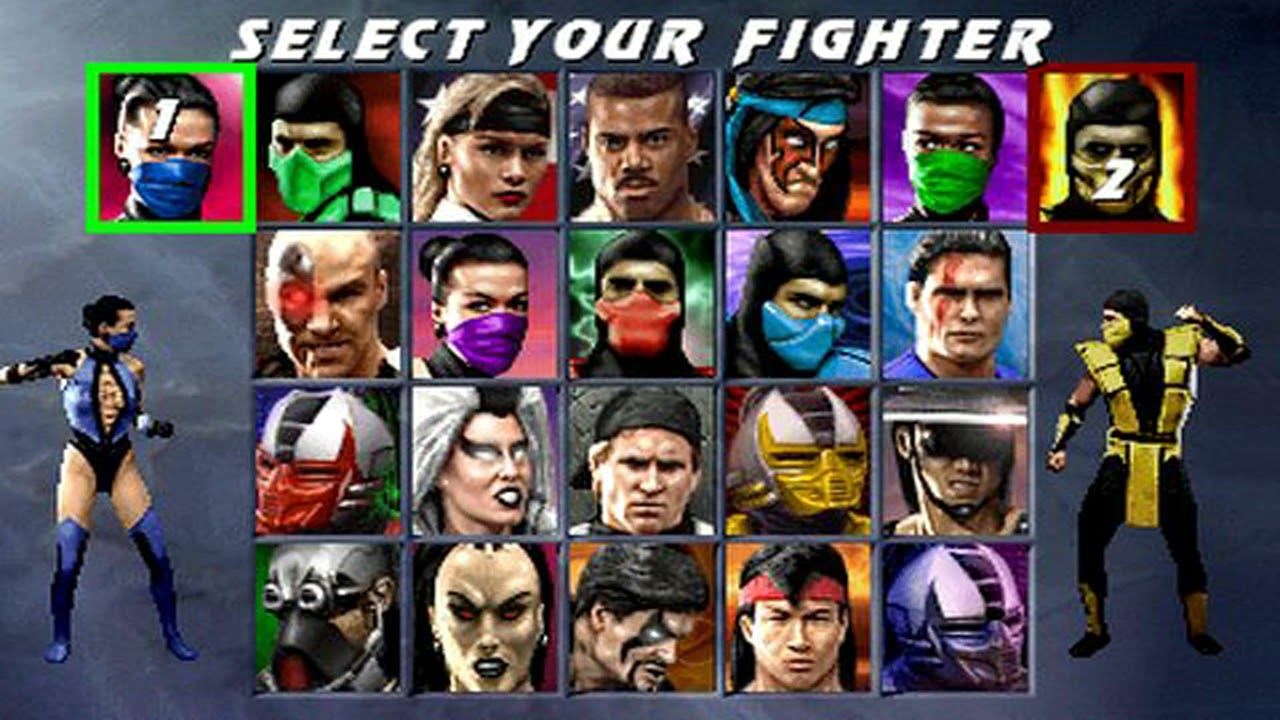
3. Mortal Kombat 3 (1995)
Platforms: Arcade, SNES, Sega Genesis, MS-DOS, PlayStation, Sega Saturn, Game Boy, Game Gear
Mortal Kombat 3 introduced a "Run" button, increasing the game's pace and adding a new layer of strategy. The roster featured 15 characters, including newcomers like Stryker and Kabal. The game introduced the Kombat Kode system, allowing players to input codes for various effects, and the Mercy mechanic, granting opponents a sliver of health for a chance at redemption. The storyline continued with Shao Kahn's invasion of Earthrealm, raising the stakes higher than ever. While the game was praised for its innovations, some fans missed the absence of certain characters from previous installments. Nonetheless, Mortal Kombat 3 was a commercial success and continued to build the franchise's legacy.

4. Ultimate Mortal Kombat 3 (1995)
Platforms: Arcade, SNES, Sega Genesis, Sega Saturn, PlayStation, Nintendo DS
An enhanced version of Mortal Kombat 3, Ultimate Mortal Kombat 3 expanded the roster to include characters omitted from the previous game, such as Scorpion and Kitana, bringing the total to 23 fighters. The game reintroduced classic stages and added new ones, along with additional Fatalities and the Brutality finishing move, which involved a lengthy combo ending in an explosive finish. The AI was adjusted for a more balanced experience, and the game featured improved multiplayer options. Ultimate Mortal Kombat 3 was well-received, addressing many criticisms of its predecessor and providing a more comprehensive Mortal Kombat experience.
5. Mortal Kombat Trilogy (1996)
Platforms: PlayStation, Nintendo 64, Sega Saturn, MS-DOS
Mortal Kombat Trilogy served as a compilation, featuring characters and stages from the first three games, along with some new additions, bringing the roster to an impressive 37 fighters. The game introduced the Aggressor bar, which, when filled, increased the player's speed and attack power temporarily. It also included new finishing moves and the option to play as classic versions of certain characters. While the game was praised for its extensive content, some critics noted that the balance suffered due to the sheer number of characters. Nevertheless, Mortal Kombat Trilogy was a fan favorite, offering a nostalgic experience with a wealth of content.
6. Mortal Kombat 4 (1997)
Platforms: Arcade, PlayStation, Nintendo 64, Windows PC, Game Boy Color
Mortal Kombat 4 marked the series' transition to 3D graphics, utilizing polygonal models while retaining the 2D gameplay plane. The game introduced a weapon system, allowing characters to draw weapons during combat, adding a new strategic element. The roster featured 15 characters, including new additions like Quan Chi and Shinnok, the latter serving as the game's primary antagonist. The storyline involved Shinnok's attempt to conquer Earthrealm after escaping from the Netherealm. While the move to 3D was ambitious, some fans felt the gameplay didn't evolve enough to match the graphical leap. Despite mixed reviews, Mortal Kombat 4 was a commercial success and demonstrated the franchise's willingness to innovate.
7. Mortal Kombat Gold (1999)
Platforms: Sega Dreamcast
An expanded version of Mortal Kombat 4, Mortal Kombat Gold included additional characters such as Cyrax, Mileena, and Baraka, bringing the roster to 23 fighters. The game featured new arenas and updated character models, along with additional Fatalities and moves. However, Mortal Kombat Gold was criticized for technical issues, including bugs and glitches that affected gameplay. Despite these problems, the game offered Dreamcast owners a comprehensive Mortal Kombat experience with enhanced content.

8. Mortal Kombat: Deadly Alliance (2002)
Platforms: PlayStation 2, Xbox, GameCube, Game Boy Advance
Mortal Kombat: Deadly Alliance marked a major turning point for the franchise, introducing fully 3D gameplay and a revamped combat system. Each character had multiple fighting styles, including weapon stances, which added depth and variety to battles. The roster featured 23 characters, including new faces like Kenshi and Frost, as well as returning favorites like Scorpion and Sub-Zero.
The story revolved around the unholy alliance of sorcerers Shang Tsung and Quan Chi, who aimed to conquer all realms. For the first time in the series, the game lacked a traditional tournament structure, focusing instead on a broader narrative. This shift allowed for a richer storyline that delved deeper into the lore.
The game also introduced Konquest Mode, a story-driven single-player mode that provided background details on the characters and the world of Mortal Kombat. While the visuals and gameplay were praised, some fans felt the absence of classic characters like Liu Kang was a drawback. Nonetheless, Deadly Alliance was a commercial and critical success, rejuvenating the series.
9. Mortal Kombat: Deception (2004)
Platforms: PlayStation 2, Xbox, GameCube, PlayStation Portable (as Mortal Kombat: Unchained)
Building on the foundation of Deadly Alliance, Mortal Kombat: Deception took the franchise to new heights with expanded features and modes. The game introduced a cast of 26 characters, including newcomers like Havik and Hotaru, alongside returning legends such as Baraka and Sindel. Each character had unique fighting styles, weapons, and Fatalities.
The highlight of Deception was its ambitious modes. The Konquest Mode returned with RPG-style elements, allowing players to explore Mortal Kombat’s lore in greater depth. Chess Kombat and Puzzle Kombat offered creative minigames that added variety to the experience.
The story focused on the resurrection of the Dragon King Onaga, a formidable foe who sought to dominate all realms. The narrative was darker and more intricate, exploring themes of betrayal and redemption. Critics praised the gameplay improvements, online multiplayer features, and the extensive content, making Deception one of the most beloved entries in the series.
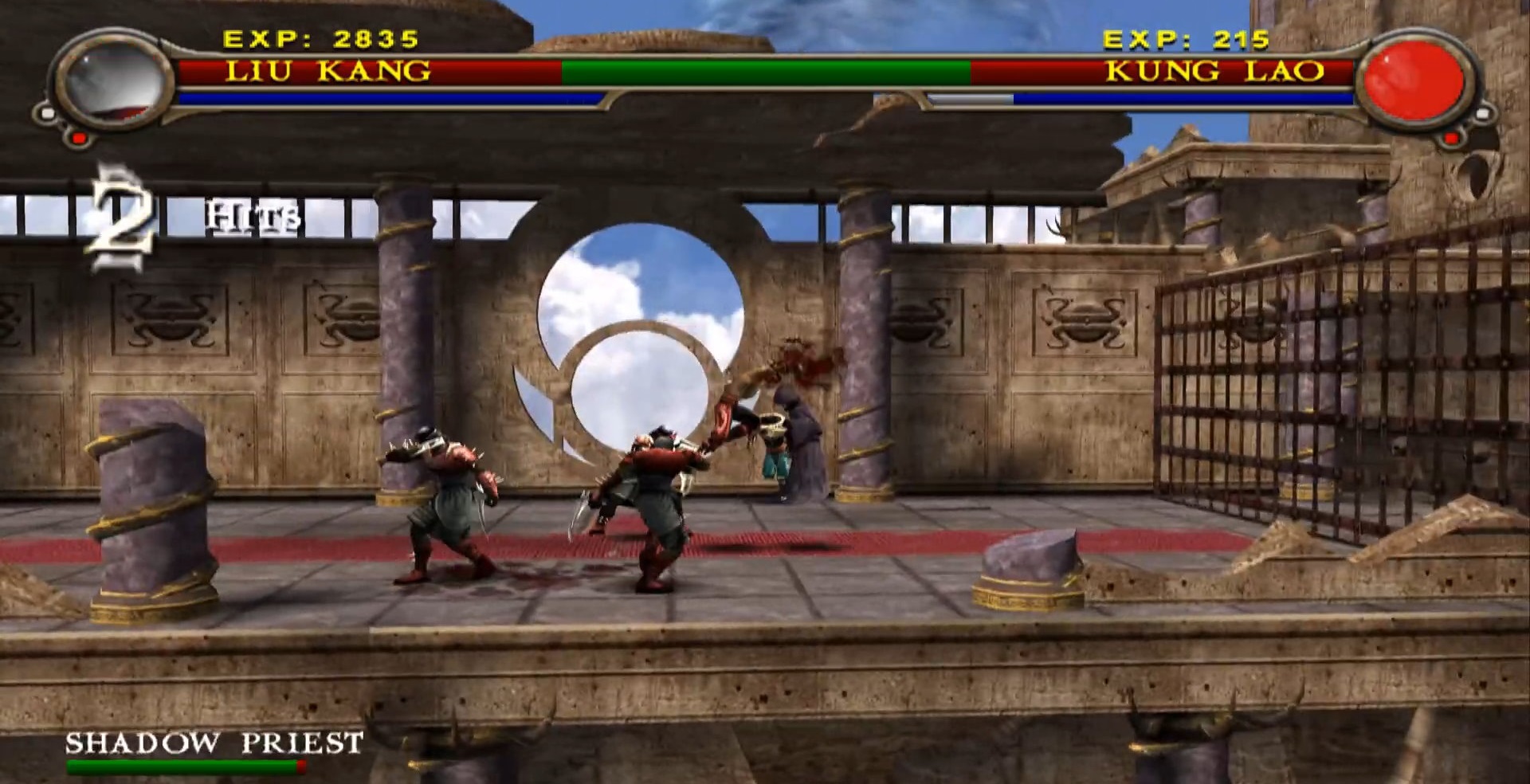
10. Mortal Kombat: Shaolin Monks (2005)
Platforms: PlayStation 2, Xbox
Unlike traditional Mortal Kombat games, Shaolin Monks was an action-adventure spin-off that focused on the story of Liu Kang and Kung Lao. Set during the events of Mortal Kombat II, the game followed the two Shaolin monks as they ventured through Outworld to defeat Shang Tsung and his allies.
The gameplay combined classic beat-em-up mechanics with Mortal Kombat’s signature combat style, allowing players to perform Fatalities in a free-flowing environment. The game featured cooperative multiplayer, which was widely praised, as well as unlockable content that rewarded exploration.
Fans appreciated the deep dive into Mortal Kombat lore and the fresh perspective on familiar events. The visuals, level design, and combat system were also well-received, making Shaolin Monks a standout entry in the franchise.

11. Mortal Kombat: Armageddon (2006)
Platforms: PlayStation 2, Xbox, Nintendo Wii
Mortal Kombat: Armageddon aimed to be the ultimate Mortal Kombat experience, featuring every character from the series up to that point—a staggering roster of over 60 fighters. The game introduced a create-a-character mode and Kreate-a-Fatality, allowing players to customize their finishing moves.
The storyline revolved around the apocalypse of the Mortal Kombat universe, as the forces of good and evil clashed in an epic battle. While the ambitious roster was praised, some critics felt the Kreate-a-Fatality system lacked the personality of traditional Fatalities.
Despite mixed reviews, Armageddon was a fan favorite for its sheer scale and the inclusion of every iconic fighter. It served as a fitting send-off for the original Mortal Kombat timeline.

12. Mortal Kombat vs. DC Universe (2008)
Platforms: PlayStation 3, Xbox 360
This crossover game brought together the worlds of Mortal Kombat and DC Comics, pitting characters like Scorpion and Sub-Zero against Superman and Batman. The game introduced a toned-down version of Fatalities, known as Heroic Brutalities, to fit the DC Universe’s PG-13 tone.
While the concept was intriguing, fans had mixed reactions to the gameplay and the lack of traditional Mortal Kombat violence. However, the game was praised for its graphics and the novelty of seeing Mortal Kombat characters interact with DC heroes.
Mortal Kombat vs. DC Universe laid the groundwork for NetherRealm Studios’ future ventures, including the highly successful Injustice series.

13. Mortal Kombat (2011)
Platforms: PlayStation 3, Xbox 360, Windows PC, PlayStation Vita
Often referred to as Mortal Kombat 9, this reboot reimagined the events of the first three games with a modern twist. The game introduced a cinematic story mode that became a hallmark of NetherRealm Studios’ titles, as well as the X-ray mechanic, which displayed internal damage during combat.
The roster featured 28 characters, including classics like Raiden, Johnny Cage, and Mileena. The game’s visuals, mechanics, and storytelling received universal acclaim, revitalizing the franchise and introducing it to a new generation of players.
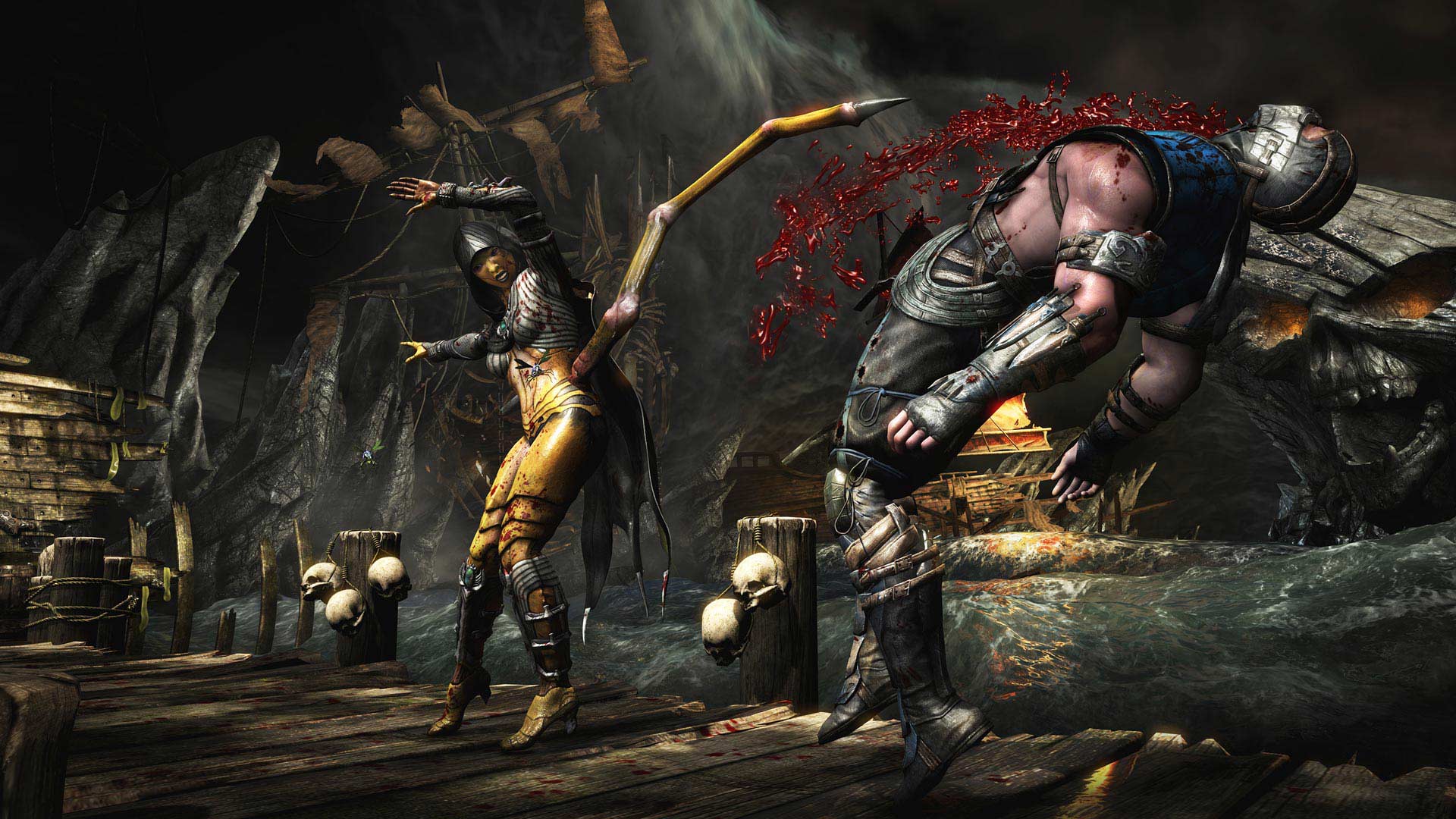
14. Mortal Kombat X (2015)
Platforms: PlayStation 4, Xbox One, Windows PC, iOS, Android
Mortal Kombat X pushed the series forward with stunning visuals, new characters like Cassie Cage and Kotal Kahn, and brutal Fatalities. The game also introduced character variations, allowing players to customize their fighting styles.
The story took place 25 years after the previous game, exploring the next generation of fighters while continuing the saga of the original cast. The game’s online features and DLC content were well-received, solidifying Mortal Kombat X as one of the franchise’s strongest entries.
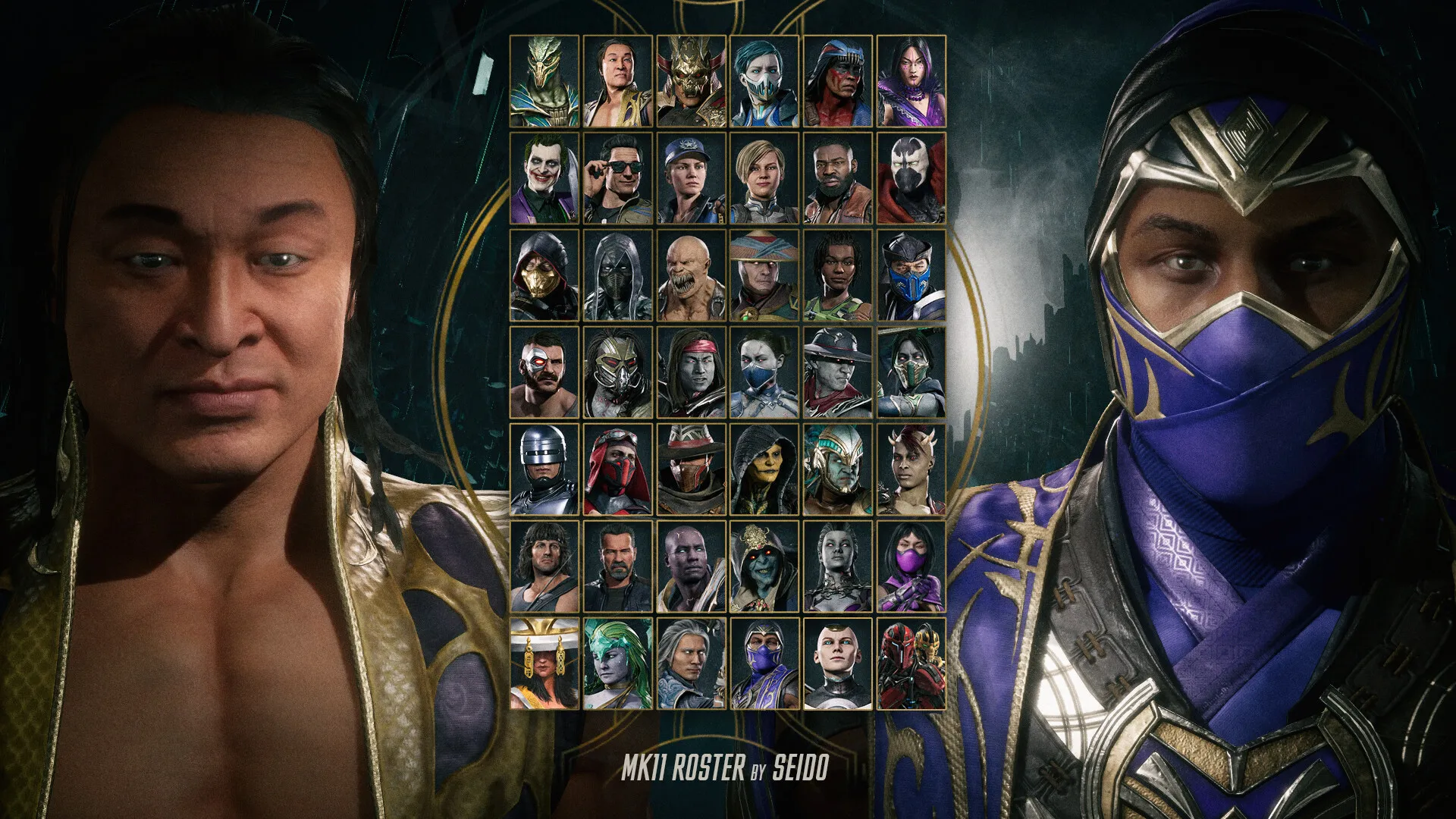
15. Mortal Kombat 11 (2019)
Platforms: PlayStation 4, Xbox One, Nintendo Switch, Windows PC, Google Stadia, PlayStation 5, Xbox Series X|S
Mortal Kombat 11 introduced new mechanics like Fatal Blows and custom character variations, along with stunning graphics powered by the Unreal Engine. The story revolved around Kronika, the Keeper of Time, as she sought to rewrite history.
The game’s robust content, including the Aftermath expansion, and its balance of nostalgia and innovation earned widespread acclaim, making it a high point for the series.

16. Mortal Kombat 1 (2023)
Platforms: PlayStation 5, Xbox Series X|S, Nintendo Switch, Windows PC
This reboot reimagined the Mortal Kombat universe with a fresh take on its iconic characters and story. Powered by Unreal Engine 5, the game featured groundbreaking visuals, fluid combat, and an emphasis on storytelling. Fans praised the reintroduction of classic characters with modern twists.
Game Overview
- Game Genre: Fighting
- Release Year: 1992
- Platforms: Arcade, Sega Genesis, Super Nintendo Entertainment System (SNES), Game Boy, Game Gear, and MS-DOS
- Ratings: 9/10 (IGN), 86% (GameRankings), 4.5/5 (Game Informer)
- Gameplay Modes: Single-player, Local Multiplayer
- Developer and Publisher: Midway Games
- Awards: Most Innovative Game (1992 Golden Joystick Awards), Induction into the World Video Game Hall of Fame
- Is It Worth Playing?: Absolutely. As a groundbreaking title that redefined fighting games, Mortal Kombat is not only a nostalgic trip but a must-play for fans of the genre.
- Our Rating: 10/10










